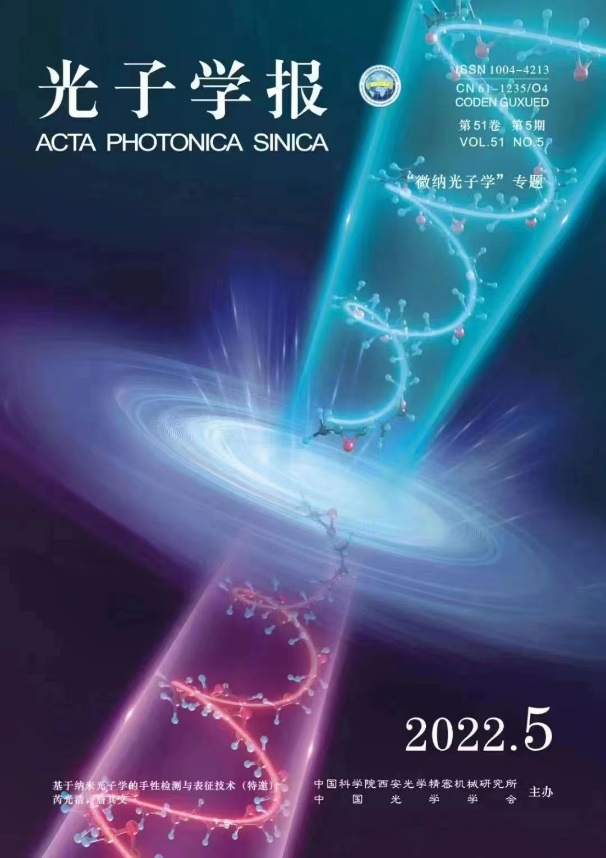Chirality refers to a structural characteristic of a substance that cannot be superimposed onto its mirror image through symmetry operations such as translation and rotation. A set of structures with this characteristic are called enantiomers, which typically have different configurations. Chiral entities are commonly found in various macroscopic and microscopic structures, and different configurations of chiral molecules often exhibit different chemical properties. Therefore, the highly sensitive detection and characterization of molecular chirality is of great significance in fields such as pharmacology, toxicology, and pharmacokinetics. In addition to matter, light fields also possess chirality. When chiral molecules interact with light fields, the optical response of the molecules exhibits a pronounced dependence on the chirality of the light field. Therefore, optical analysis techniques are well-suited for chiral sensing of substances.

Professor Zhan Qiwen's research group at University of Shanghai for Science and Technology (USST) has published a review article titled Chiral Detection and Characterization Techniques Based on Nanophotonics in the Journal of Atca Photonica Sinica. The article reviews the development of chiral optics and its applications in the detection of biomolecules. It discusses strategies for enhancing circular dichroism using plasmon-coupled circular dichroism and superchiral near fields. The article also introduces methods for chiral structure characterization based on lateral chiral optical forces and structural optical force effects. Finally, the article provides an outlook on the future development of this field.

